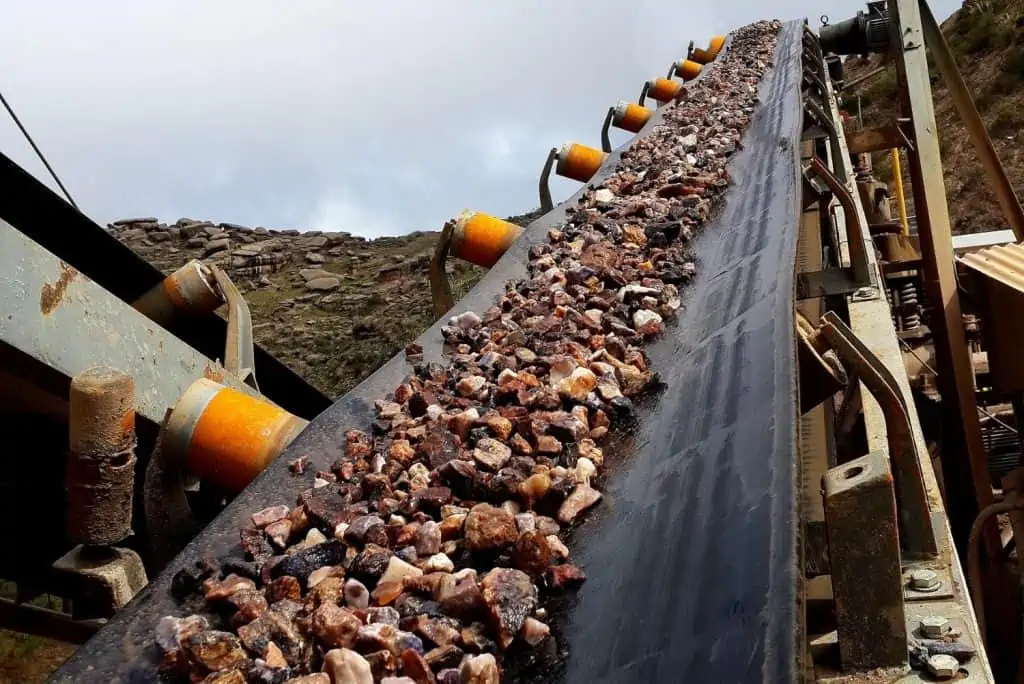
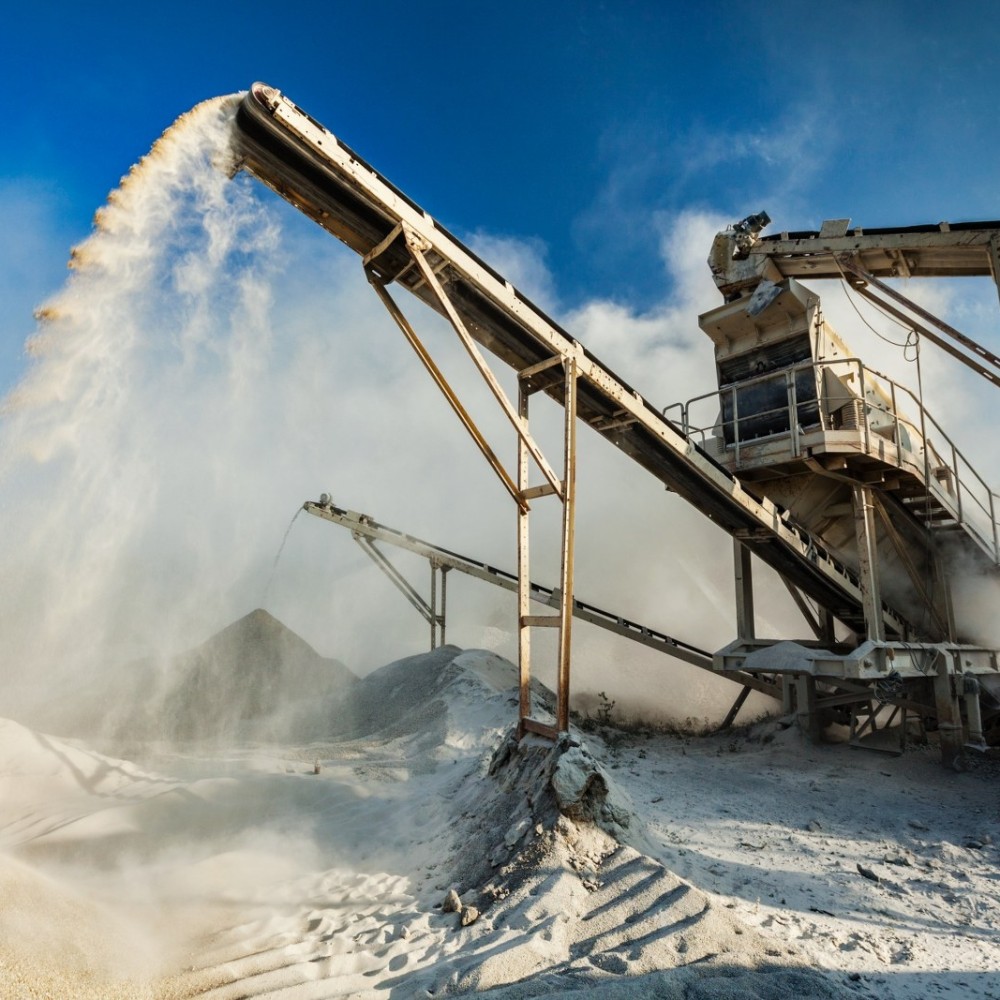
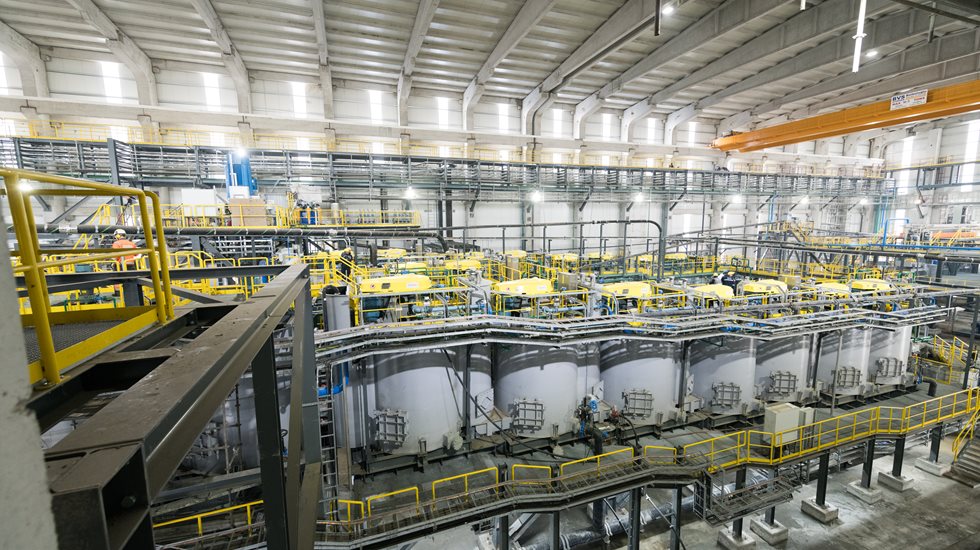
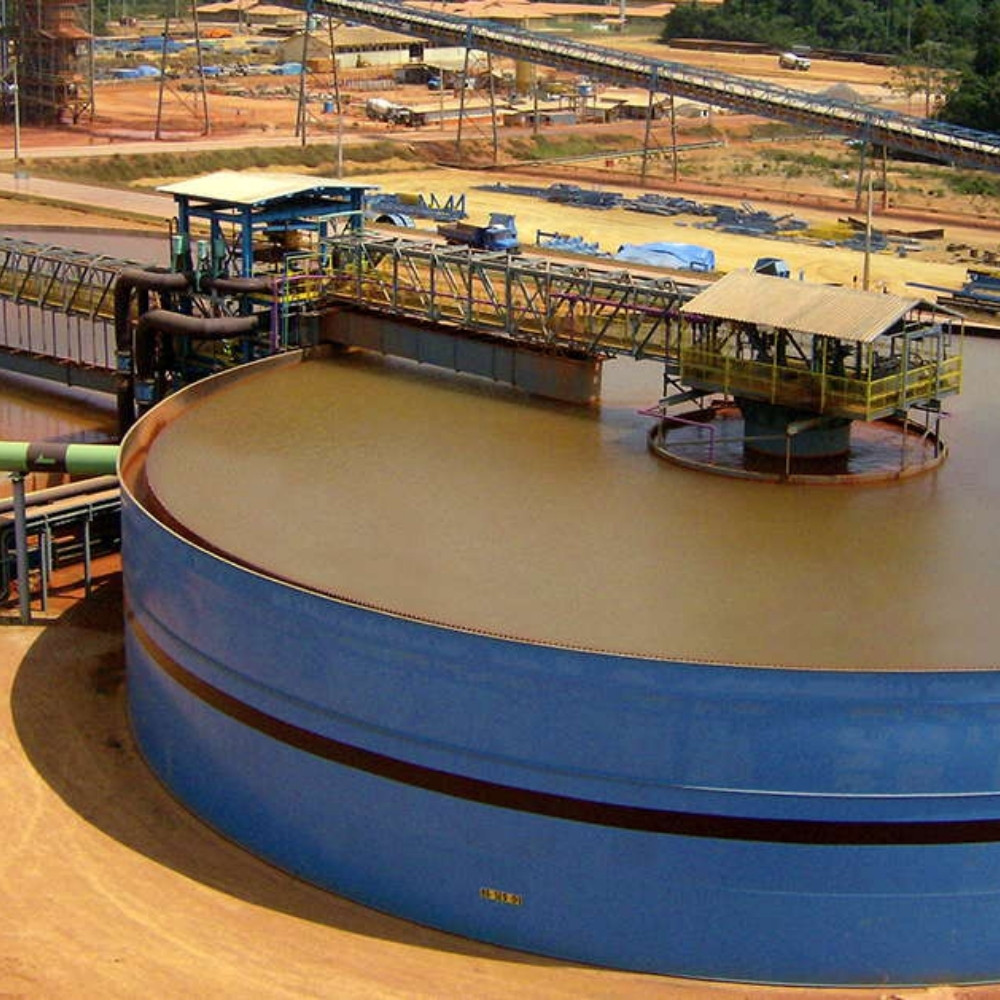
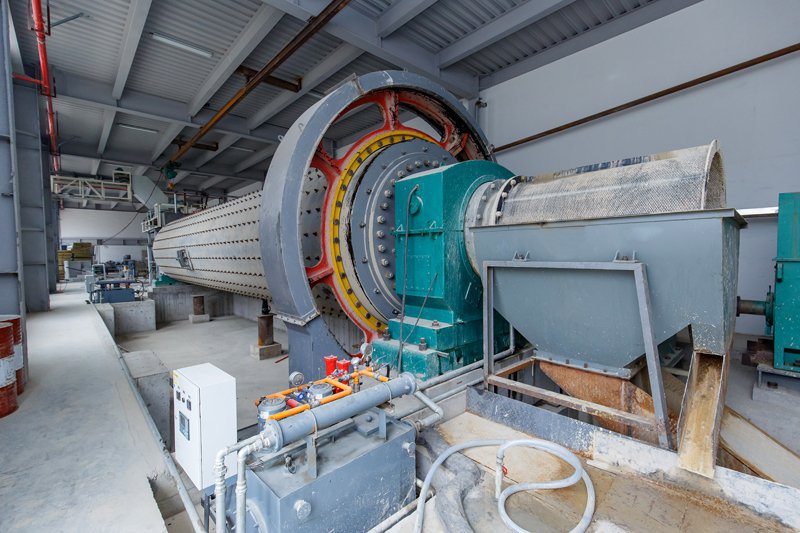
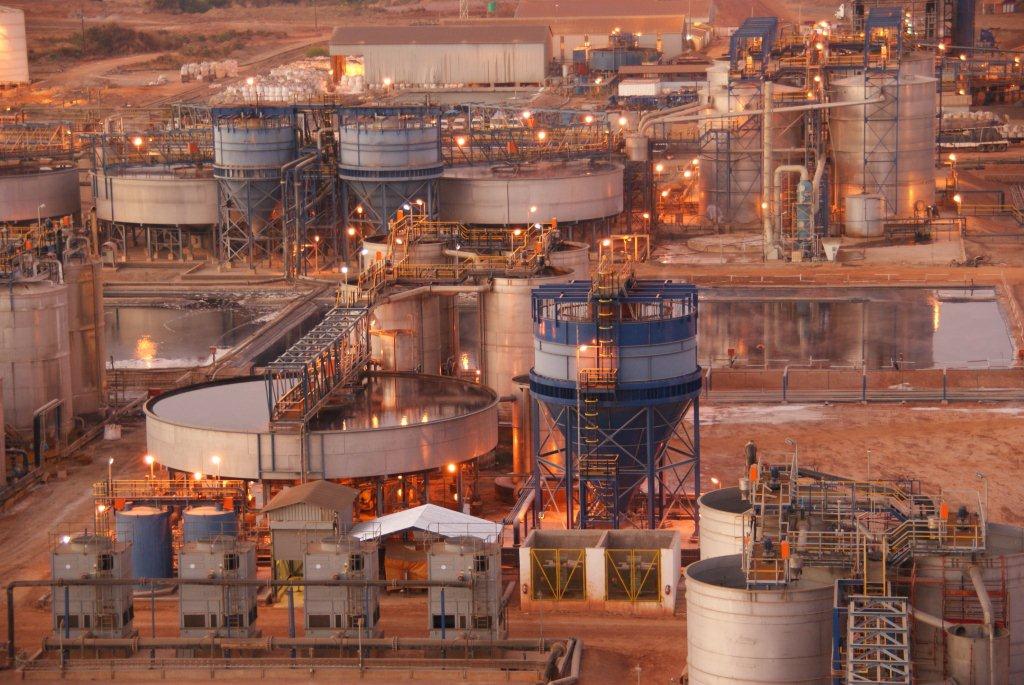
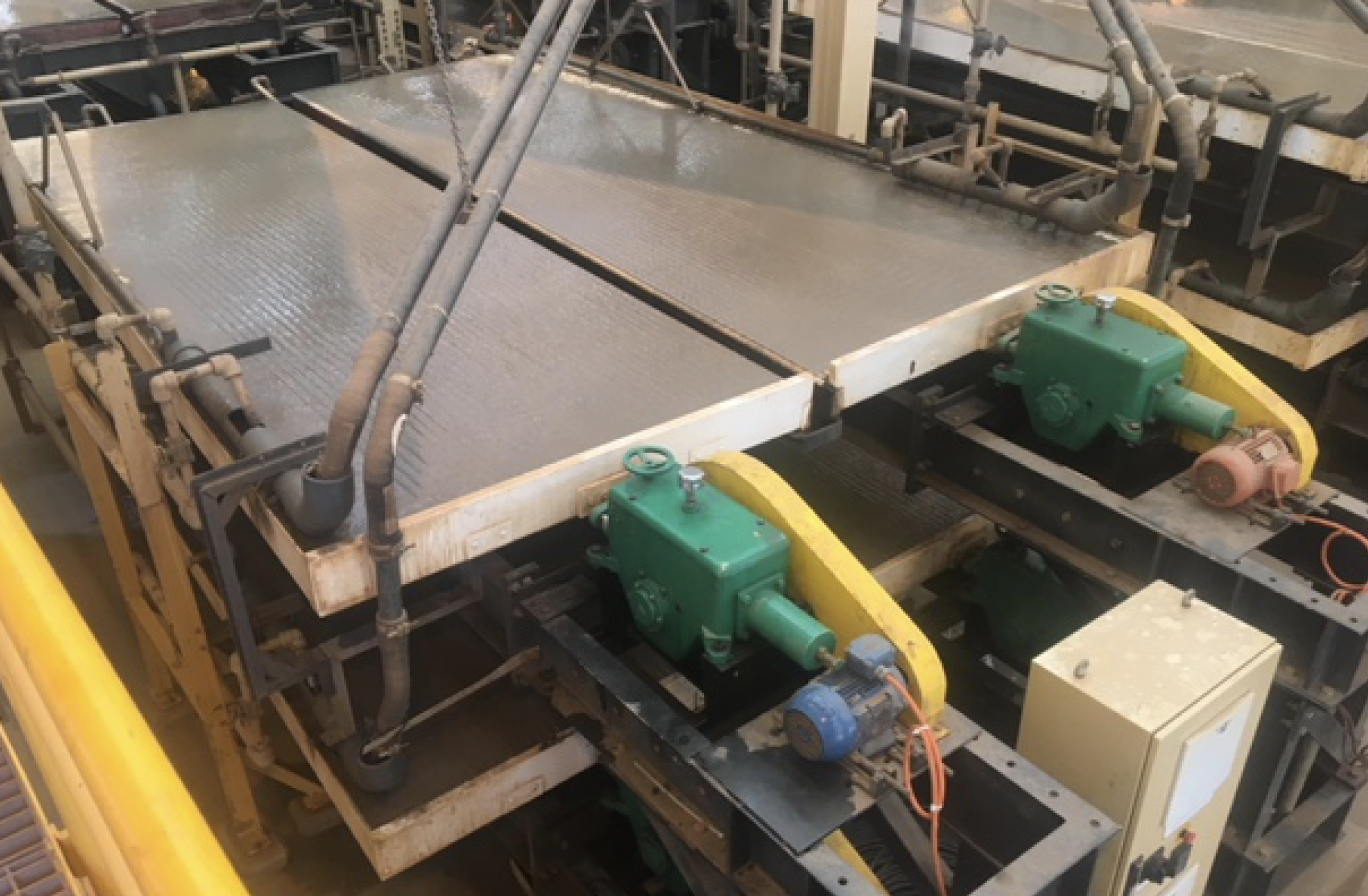
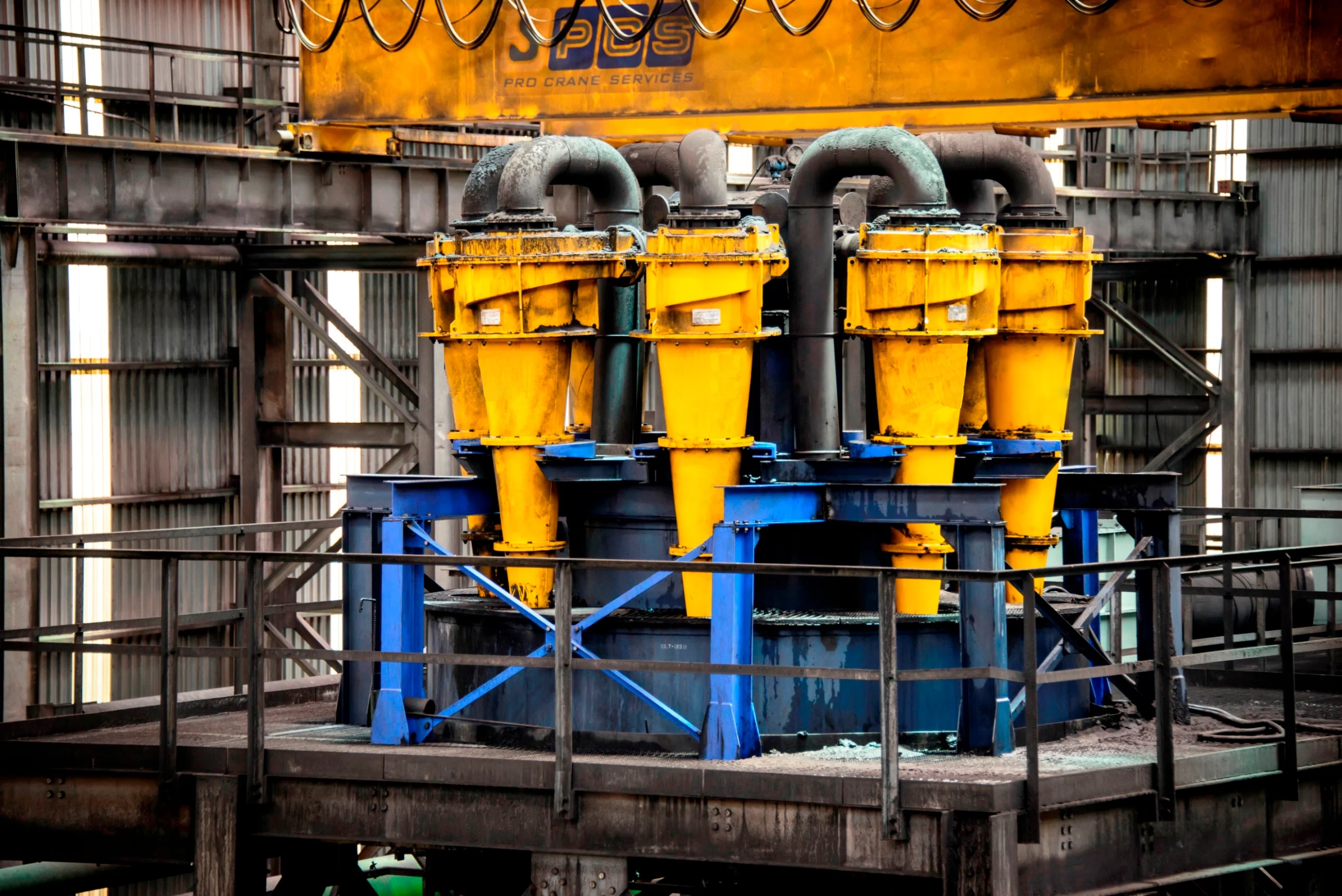
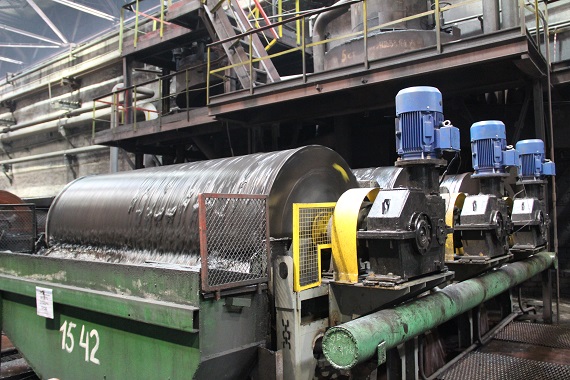
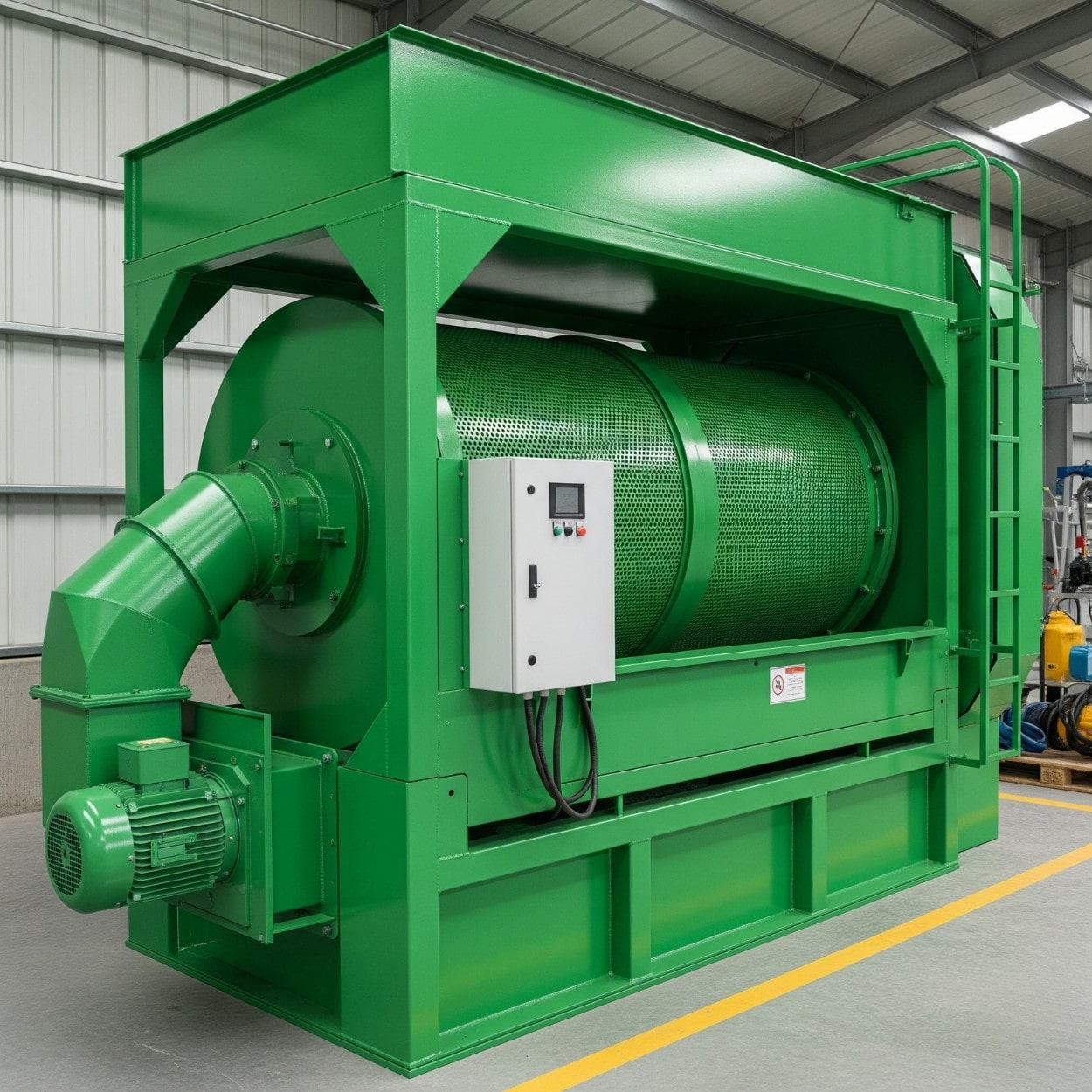
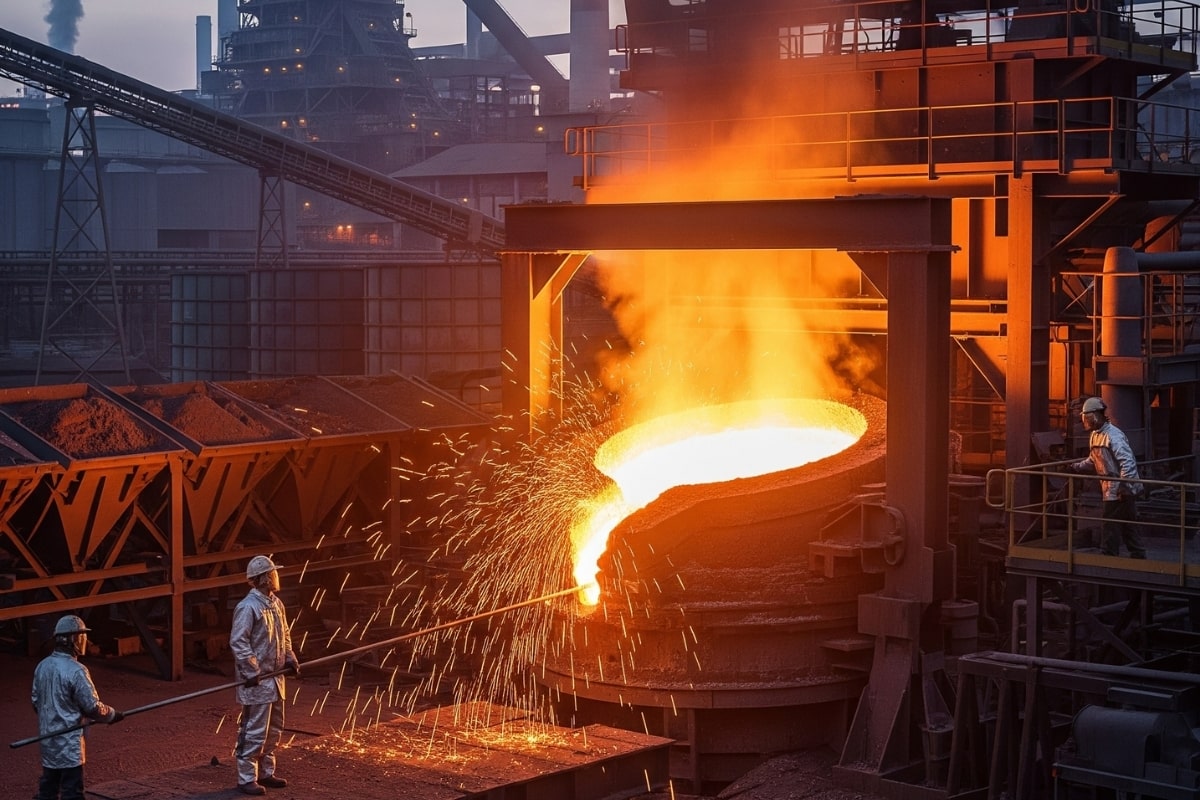
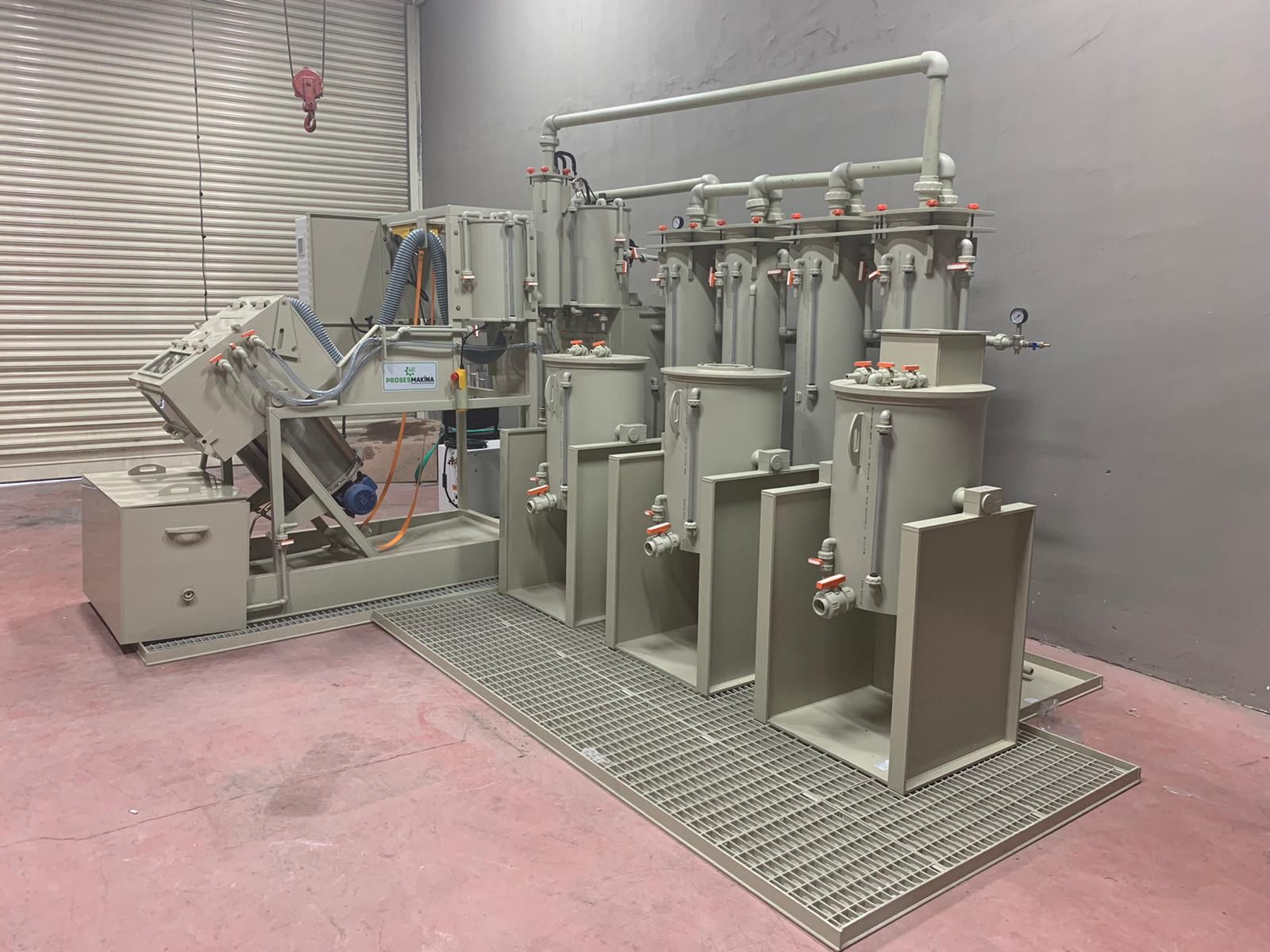
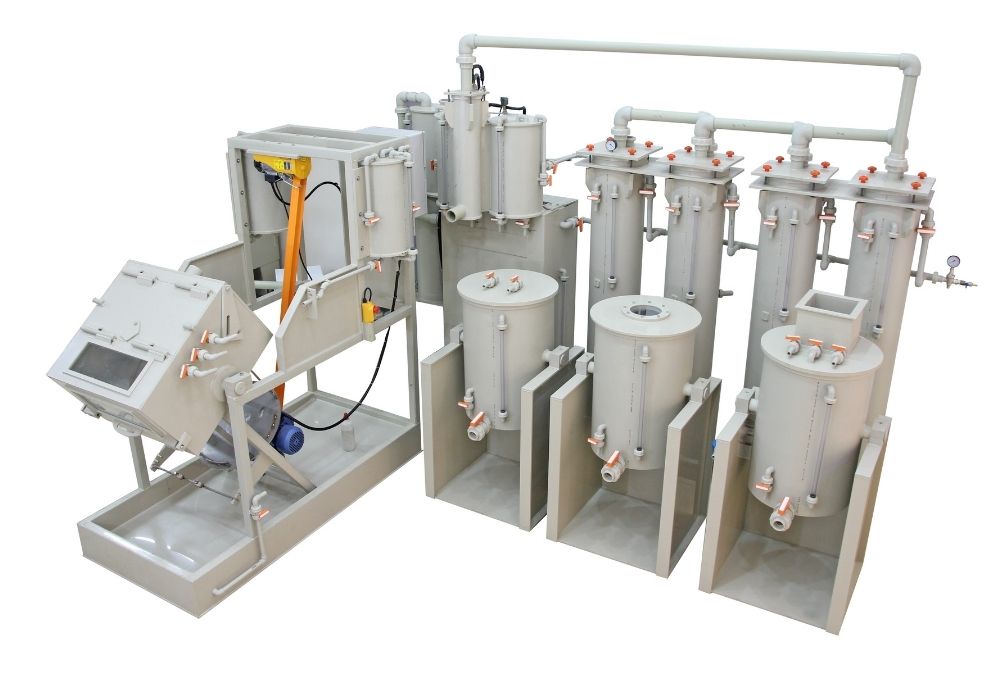
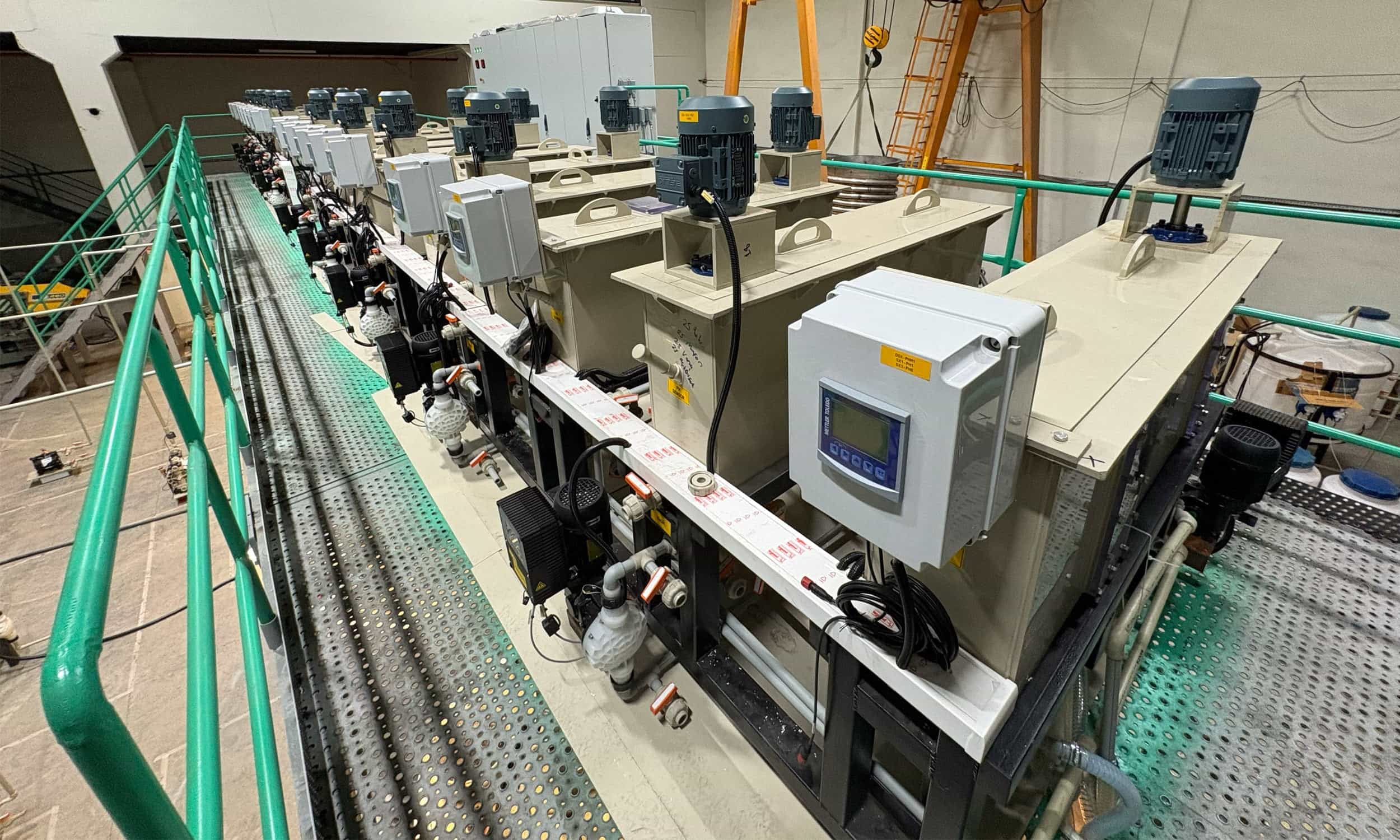
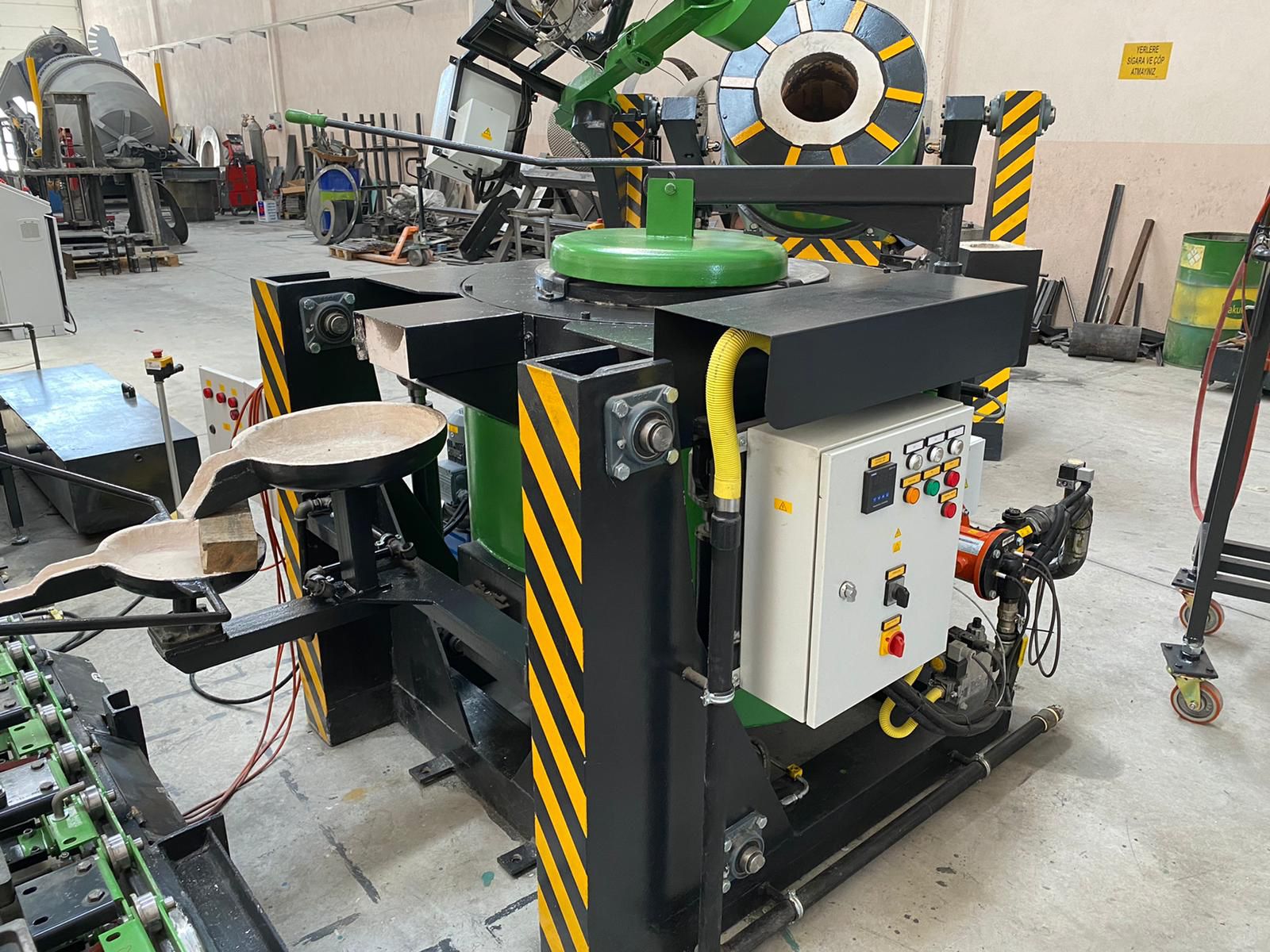
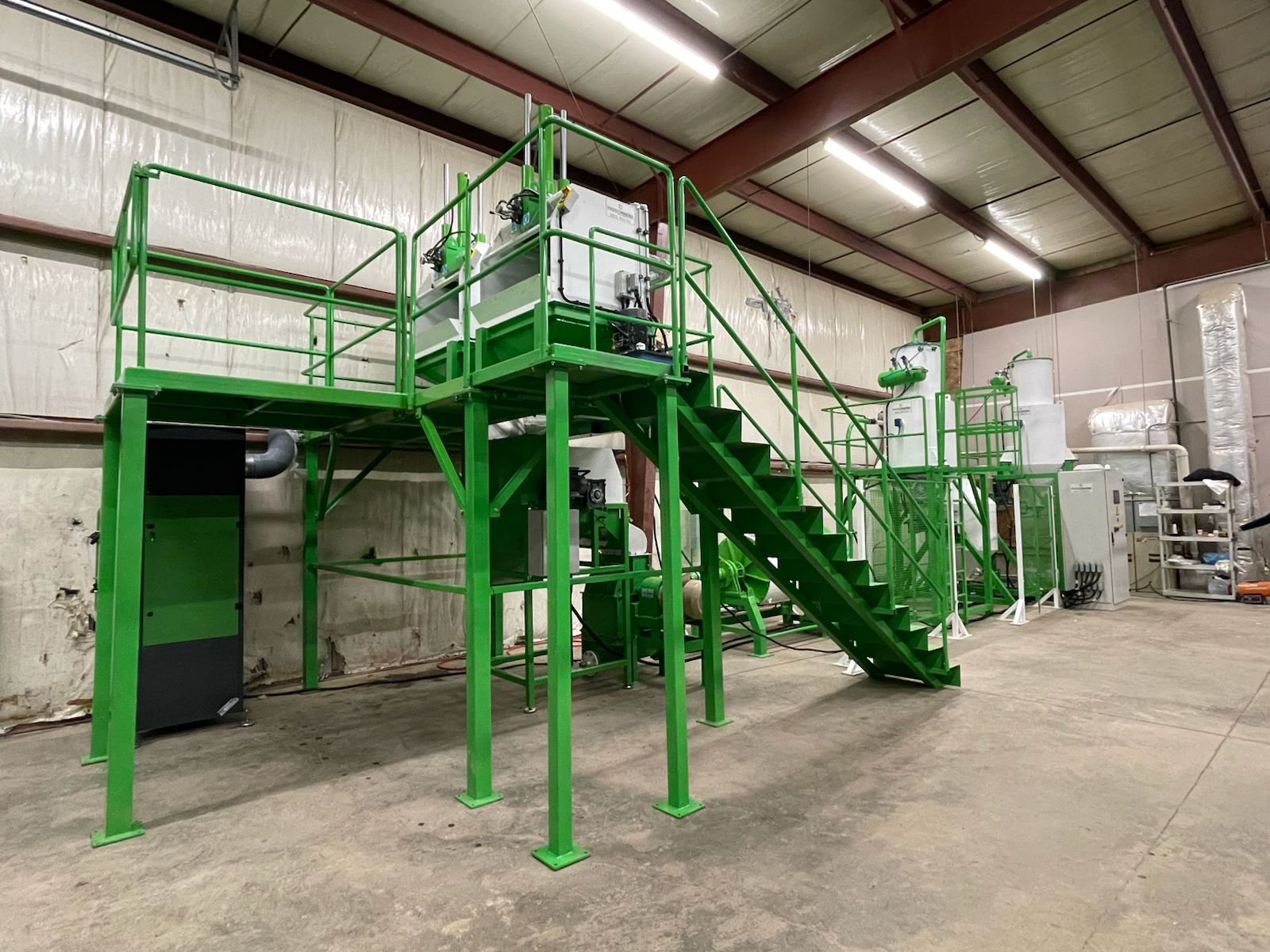
CLEANER AND SAFER REFINING
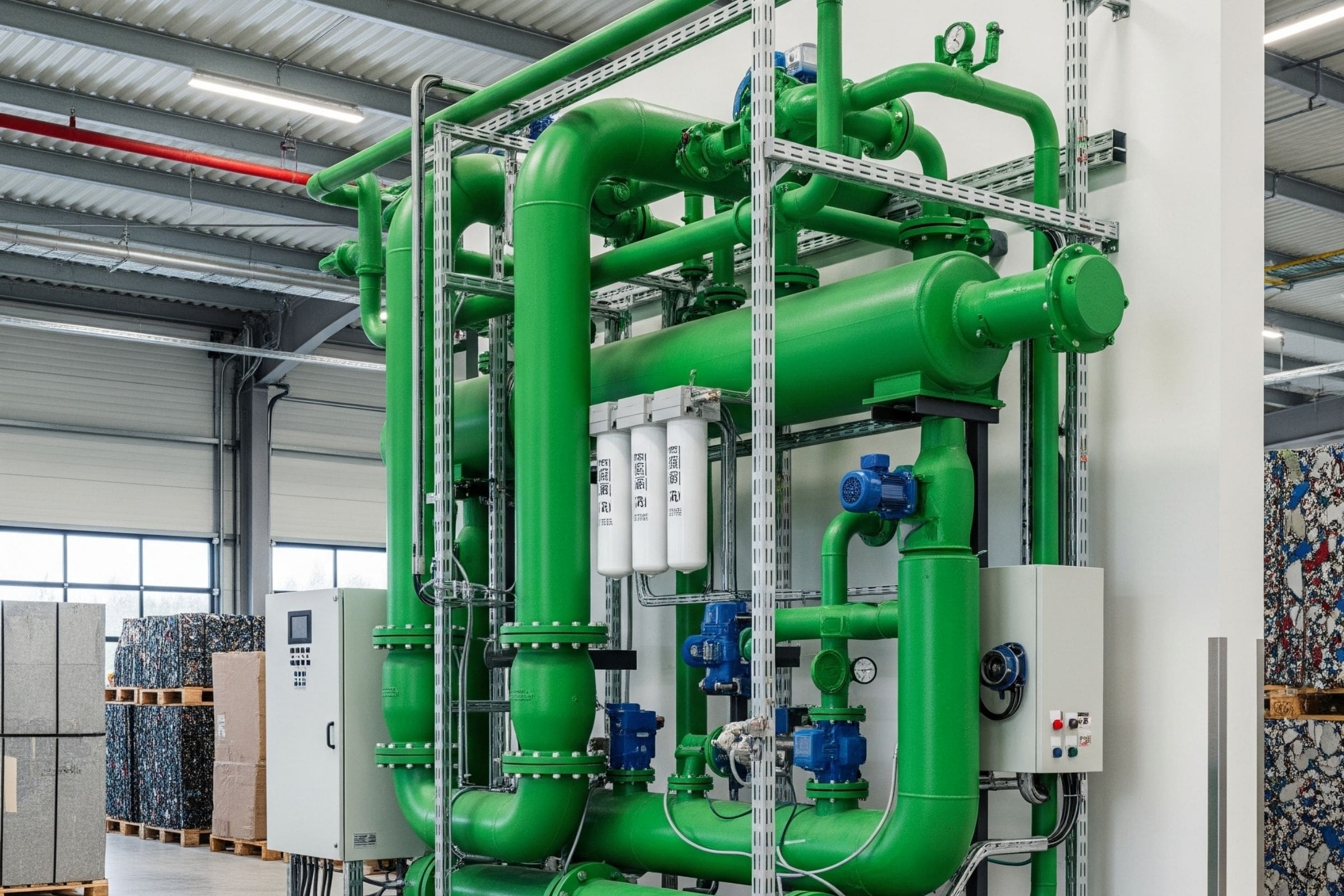
Fume treatment is an essential step in PGM refining that focuses on managing and neutralizing hazardous gases and vapors generated during the process. These gases may include volatile organic compounds (VOCs), acidic fumes, and potentially harmful substances. Proper fume treatment helps reduce environmental impact and ensures the safety of both workers and the surrounding community.
Wet scrubbers play a critical role in eliminating compounds, corrosive chemicals, and particulates from exhaust gases before they are released or undergo further processing. Especially useful for acid gas control and particulate collection, the system’s packed tower scrubbers are designed to remove chemical contaminants from gas streams. This technology can handle various airflows and materials, ensuring the safe release of clean air. The system consists of perforated trays inside a vertical cylindrical tower where gas interacts with liquid through tray holes, facilitating gas absorption via a foaming effect. After treatment, the gases are either safely released into the environment if they meet regulatory standards, or recirculated back into the process if appropriate.
In wet scrubbers, a liquid—usually water—is injected into the waste gas stream. The liquid droplets impact and collect particles from the exhaust stream, trapping them in the summit to be expelled. The treated air is then discharged through the exhaust stack. The selection of absorption liquids depends on the composition of the gas mixture. The absorption process occurs when the polluted gas passes through a washing tower, and particles larger than 1 mm in diameter collide with water droplets or wet surfaces.
Chemical washing towers feature an optimal design with sufficient contact time to allow the reaction between the liquid and pollutants to be completed. They have a special geometry with an extended contact surface, as the reactions can take tens of seconds to finish.
Waste gas treatment units are designed to minimize harmful emissions, contributing to environmental protection and workplace safety. By effectively neutralizing toxic gases, these systems support clean air standards and help create a healthier industrial environment. As an integral part of the refining process, they enhance sustainability and ensure compliance with environmental regulations.